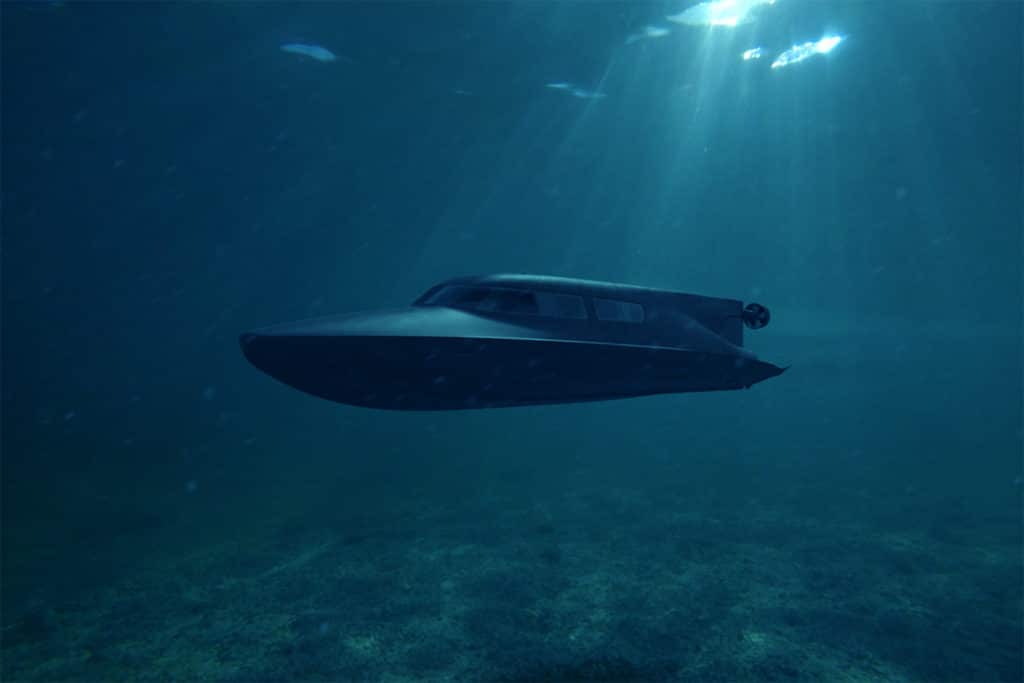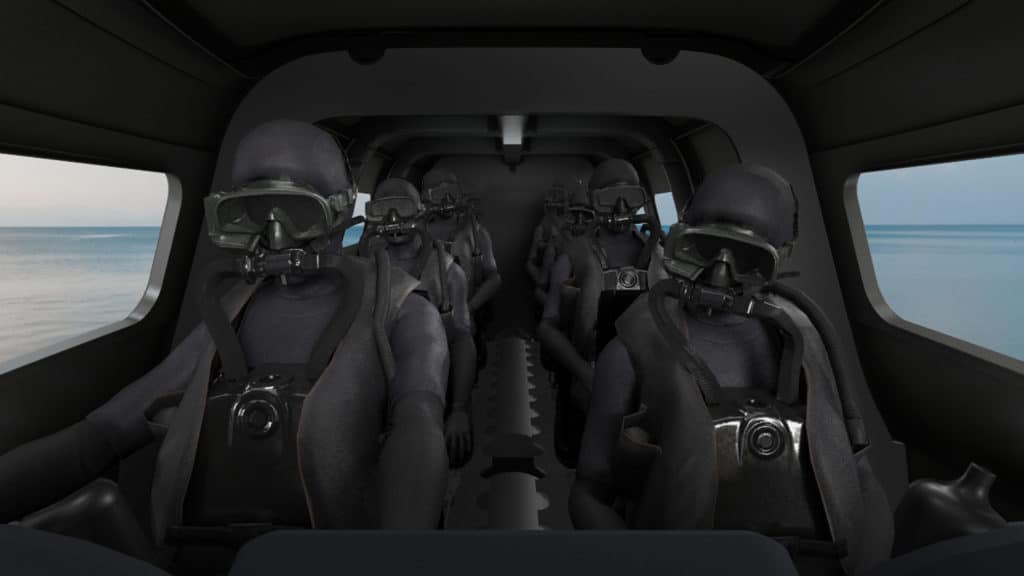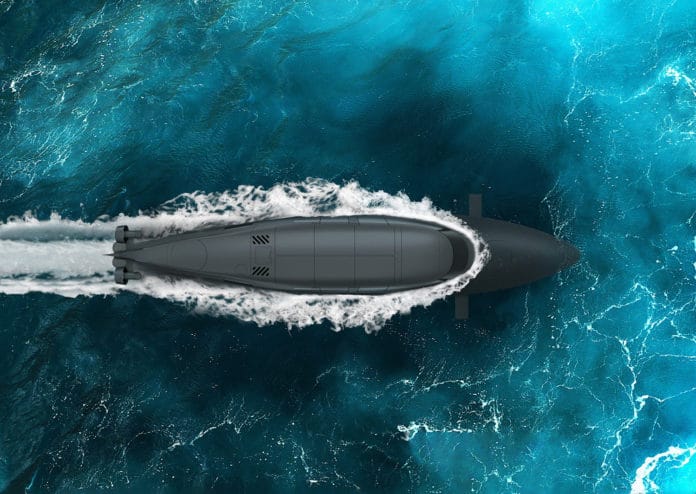SubSea Craft’s innovative Victa-class diver delivery unit (DDU) has entered the water for the first time. The vessel underwent its first test this past weekend in Portsmouth, Hampshire.
The key feature of the Victa high-speed boat concept is that, unlike other diver insertion boats, it combines the characteristics of a fast surface craft with those of a submersible within the same platform. This means the vessel can move very fast both on the surface of the water and under it and transition seamlessly from one medium to the other. This transition, along with its performance in both domains, is enabled by an innovative fly-by-wire control system.

The sleek revolutionary craft measures 11.95 meters long by 2.3 meters wide and seats eight passengers on board – two crew and six divers. Powered by a customized Seatek 725+ diesel engine which outputs 725 bhp, surface propulsion can deliver an impressive speed of up to 40 knots on water. And a pair of marine propulsion 20 kW electric thrusters allow the craft to be “flown” at speed up to 8 knots whilst submerged. The Diver Delivery boat also boasts a massive range of 250 nautical miles on the surface and up to 4-hour endurance underwater.
In addition, Victa has a transition dive time of 120 seconds and can go as deep as 30 meters underwater. An advanced onboard open-circuit air system will provide 8 operators with 4 hours of air based on a mean breathing rate of 18 lpm with a reserve of 20%.

All these features make Victa suitable for military operations, where divers need to be inserted and extracted fast and in secret.
The Victa prototype still has a long way to go. The initial tests will be followed by surface water trials and subsea trials at the beginning of next year. The company will collaborate with clients to make sure each craft is built to match their needs; and once completed, it will reportedly cost no less than £10 million ($13.8 million).
